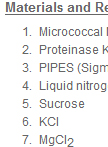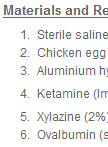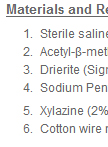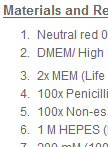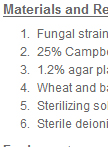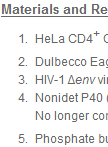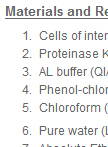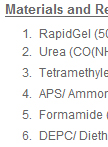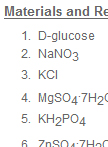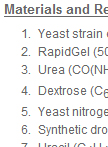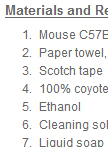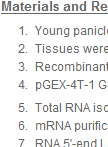- Protocols
- Articles and Issues
- About
- Become a Reviewer
Past Issue in 2013
Volume: 3, Issue: 7
Cell Biology
Micrococcal Nuclease (MNase) Assay of Arabidopsis thaliana Nuclei
Immunology
Allergen Sensitization and Challenge to Ovalbumin
Measurement of Airway Responsiveness in the Anesthetized Mouse
Microbiology
Neutral Red Assay for Murine Norovirus Replication and Detection in a Mouse
Fusarium Virulence Assay on Wheat and Barley Seedlings
HIV-1 Single Cycle Infection
Quantification of HIV-1 DNA
Molecular Biology
Northern Blot of tRNA in Yeast
Western Analysis of Histone Modifications (Aspergillus nidulans)
Metabolic Labeling of Yeast RNA with Radioactive Uracil
Neuroscience
Fear Conditioning Assay in Mouse
Plant Science
Northwestern Blot of Protein-RNA Interaction from Young Rice Panicles


